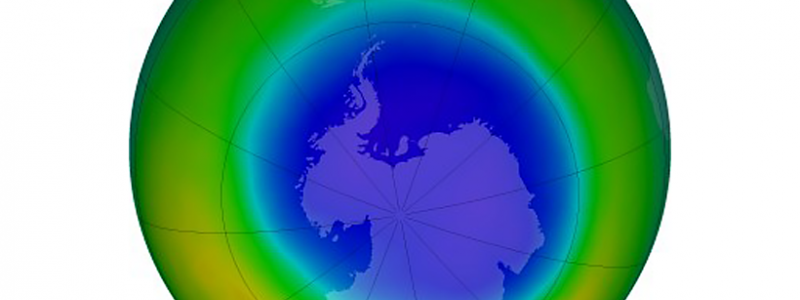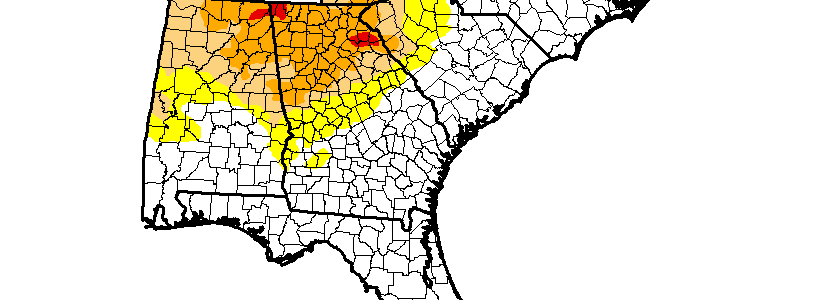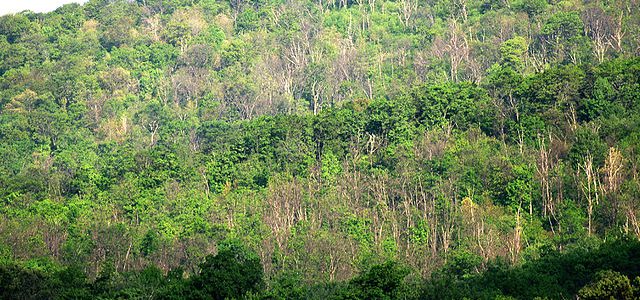-

Eos had an interesting article earlier today which provided an update on the status of the ozone hole in the Antarctic. You may recall that the ozone hole developed due to the effects of man-made refrigerants called chlorofluorocarbons, which interacted with polar clouds to destroy ozone at upper levels in the atmosphere. Ozone at that…
Posted in: Climate and Ag in the news -

The latest Drought Monitor is out, and it is not good news for the Southeast. Extreme drought has been reintroduced to Georgia for the first time since February 2013. A small area of northeast Alabama is also in extreme drought. The good news is that rainier weather returned to parts of the Southeast this week;…
Posted in: Drought -

As a meteorologist, I occasionally get asked if I study meteors. And while rain and snow qualify as meteors under Aristotle’s original definition in Meteorologica back a long time ago, they aren’t meteors as astronomers define them now. Today marks the anniversary of one of the most spectacular meteors that exploded near the surface of…
-

With almost half the year gone, it is a good time to look ahead to what is likely to happen the rest of this year and in 2017 based on the current climate pattern. While this outlook is specific to Georgia, most of the information is generally applicable to the entire Southeast. This year began…
-

The Capital Weather Gang posted a very interesting story this week about one impact of the mild winter on forests in New England. The lack of really cold conditions (due in part to the strong El Niño that just ended) allowed millions of gypsy moth eggs to survive. When spring arrived, they hatched and infested…
-

Weather Underground’s latest blog post describes NOAA’s recent infographic, which shows the highest 24-hour rainfall amounts in each state. You can read more about it here. As you might expect, the Southeast has the highest record amounts because the heaviest rain is generally associated with tropical storms or hurricanes coming onshore and dumping prodigious quantities of…
-

Dairy Herd Management has one of the best discussions I have seen about the end of the current El Niño and what is likely to happen with the coming La Niña. It’s written in a general way, not geared to livestock, so crop producers and foresters should read it too. Here’s the link. Unlike El…
Posted in: Climate and Ag in the news, Climate science, Crops, Drought, El Nino and La Nina, Livestock